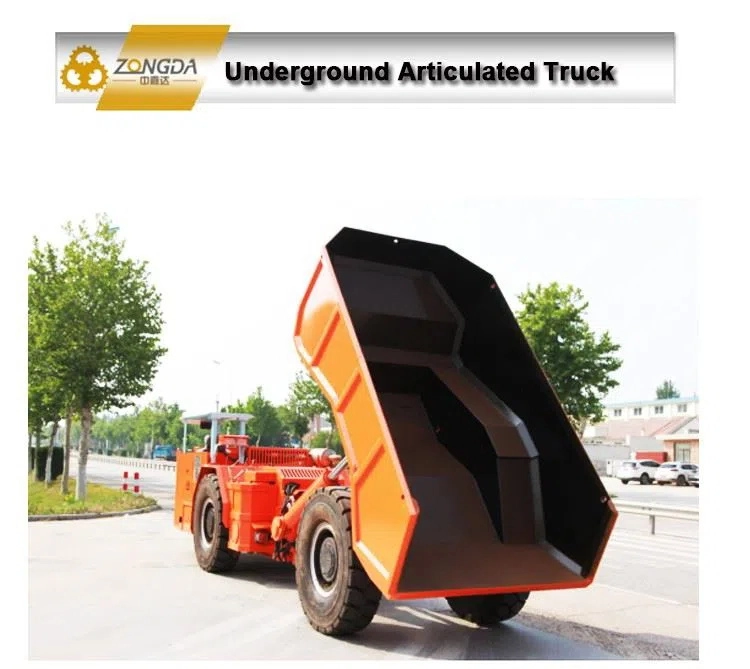Overview of Mining Methods
What Are Underground Mining and Surface Mining?
Mining is about grabbing useful stuff from the earth. Two big ways to do it are Underground Mining and Surface Mining. Underground Mining, or subsurface mining, means digging deep under the ground to nab ore. Workers clear out dirt or rocks to get to deposits hidden way down. On the other hand, Surface Mining, sometimes called ground mining, peels off the top layer of soil or rock to reach minerals. Unlike Underground Mining, where the surface stays pretty much alone, Surface Mining scraps the top to grab resources.
How These Methods Evolved Over Time
Surface Mining goes way back. It’s easy and cheap, especially for stuff close to the ground. Underground Mining came later when folks figured out how to dig deeper without things falling apart.
What Drives the Choice Between Underground and Surface Mining?
Picking how to mine depends on a few things. The kind of ore and where it’s at are huge. Money, environmental worries, safety rules, and the deposit’s shape matter too. Surface Mining is great for stuff near the top. Underground Mining is the pick for resources deep down or under spots like towns or protected land, where you can’t mess up the surface.
Key Differences Between Underground Mining vs Surface Mining
Where Minerals Are Found
Underground Mining chases ores stuck deep below the ground, like metals such as copper, gold, or zinc. You need subsurface tricks to get them. Surface Mining goes for big, low-grade deposits just under a bit of dirt or rock. They’re easier to snag.
Tools and Machines Used
Surface Mining uses wide-open spaces. Huge gear like draglines, bucket-wheel excavators, or haul trucks can roll freely. No size limits here. Underground Mining needs tiny, nimble tools built for cramped tunnels, where moving around is tough.
Costs and Money Matters
Surface Mining usually costs less. It’s easy to reach and leans on machines. It’s often cheaper than Underground Mining. Underground jobs need more cash and power for stuff like ventilation or tunnel braces to stay safe.
Environmental Effects and Land Impact
Surface Mining hits big patches of land hard. It can wreck forests, wipe out animal homes, or dirty up water. Underground Mining does less harm up top but can make the ground sink over time due to empty spots below.
Safety and Health for Workers
Underground Mining has dangers like bad gases, tunnel crashes, or radiation. Tight spaces make it worse. Surface Mining has better air but risks from big machines or blasting. Both need strict safety plans.
Technical Aspects of Underground Mining vs Surface Mining
Key Underground Mining Techniques
Underground Mining uses a few main approaches:
- Room-and-pillar: Leaves pillars to prop up mined areas while grabbing ore.
- Cut-and-fill: Takes ore in slices and fills gaps to keep things steady.
- Block caving: Breaks down big ore chunks for quick grabs.
These aim to pull ore carefully with less junk. They need smart planning to avoid cave-ins.
Key Surface Mining Techniques
Surface Mining has a few go-to methods big companies use:
- Strip Mining: Snags coal from shallow spots.
- Open-Pit Mining: Pulls stuff from an open-air pit, also called opencast mining.
- Quarrying: Goes for stones for building.
- Mountaintop Removal: Clears mountain tops for resources. It’s safer than tunneling but tough on the environment.
Air, Water, and Support in Underground Mining
Ventilation pumps fresh air into underground mines. It also clears out bad gases. Drainage keeps water from flooding the site. Supports like rock bolts or shotcrete keep tunnels sturdy, stopping collapses to protect workers.
Blasting and Moving Stuff in Surface Mining
In Surface Mining, blasting cracks open top layers. Trucks or conveyors haul the stuff away. Open spaces let big gear work fast, with no tight spots to slow things down.
Applications and Suitability for Different Minerals
Minerals Mined Underground
Underground Mining targets metals like copper, gold, or zinc. These are deep down or under places where surface work can’t happen, like towns or protected zones.
Minerals Mined on the Surface
Surface Mining grabs stuff like sand, gravel, stones, coal, or iron. These sit in wide, shallow spots, perfect for big digging jobs.
Picking the Right Method for the Deposit
Choosing between Underground Mining and Surface Mining hinges on things like the depth-to-thickness ratio (DTR) or how much the ore’s worth versus digging costs (EV/CV). Rules on the environment, land limits, and cost models from geologists and engineers help make the call.
Future Trends in Underground Mining vs Surface Mining
New Tech Boosting Efficiency
Sensors check ore quality as it’s dug up. Systems that spot machine issues early keep gear running longer, helping both Underground and Surface Mining.
Automation and Remote Work
Automation keeps workers safer and sharpens precision. Self-driving trucks in open pits or robotic drills underground make mining smoother and less risky, shaking up how things are done.
Green Practices in Modern Mining
Companies now focus on fixing land after mining. They replant trees or turn sites into parks. Recycling water cuts waste. Solar-powered gear lowers pollution, making both mining types more eco-friendly.
QINGDAO ZONGDA MACHINERY CO., LTD Customization Service offers custom tools for Surface Mining and Underground Mining, ramping up output with clever designs.
Frequently Asked Questions
- What’s the main difference between Underground Mining vs Surface Mining?
Surface Mining snags minerals near the ground’s surface. Underground Mining goes for ores deep below, using subsurface tricks. - Which method is kinder to the environment?
Underground Mining leaves less mess up top but can cause sinking ground. Surface Mining can fix 95–100% of land with solid cleanup work. - Does one method make more money?
Both methods bring cash. Surface Mining often has bigger profits since it costs less than Underground Mining. - What minerals fit each method?
Coal and iron work for Surface Mining. Gold and copper, deep down, usually need Underground Mining because of where they sit. - How do safety conditions stack up?
Underground Mining has risks like bad gases or cave-ins. Surface Mining has better air but dangers from big gear or blasting. Both need tight safety plans.
Want to see how modern tools make resource grabbing easier? Reach out today or check out QINGDAO ZONGDA MACHINERY CO., LTD, started ten years back by mining and exploration pros. It’s grown with global mining strides.





